What is best whitening gel for sensitive teeth ?
- Introduction: Struggling with Sensitivity but Want a Brighter Smile?
- What Is a Whitening Gel and Why Does It Matter for Sensitive Teeth?
- How Whitening Gels Work: Core Principles
- Active Whitening Agents: Hydrogen Peroxide vs. Carbamide Peroxide
- Sensitivity Mechanisms and How Gels Can Avoid Them
- Types of Whitening Gels and Formulations for Sensitive Teeth
- Low-Concentration Peroxide Gels
- Gels with Desensitizing Additives
- pH-Balanced and Remineralizing Gels
- Specialty Slow-Release Gels
- Key Ingredients to Look for in the Best Whitening Gel for Sensitive Teeth
- Peroxide Type and Concentration
- Desensitizing Agents: Potassium Nitrate & Others
- pH and Buffering Agents
- Viscosity and Delivery Medium
- How to Judge Quality: Decision Criteria When Choosing a Whitening Gel
- 1. Clinical Evidence and Safety
- 2. Ingredient Transparency
- 3. ADA or Recognized Organization Endorsements
- 4. Delivery Method and Customization
- 5. Manufacturer Reputation and Support
- Practical Usage Tips to Minimize Sensitivity and Maximize Results
- Start Low and Slow
- Use Desensitizing Protocols
- Avoid Direct Gum Contact
- Maintain Good Oral Health and Remineralization
- Consult a Dental Professional When in Doubt
- Product Recommendations — What to Expect from the Best Whitening Gel for Sensitive Teeth
- About Double White: Manufacturer Expertise and Custom Solutions
- Frequently Asked Questions (FAQ)
- Conclusion: Choosing the Best Whitening Gel for Sensitive Teeth
Introduction: Struggling with Sensitivity but Want a Brighter Smile?
Problem: You want whiter teeth, but even a short whitening session leaves you with painful sensitivity. That hesitation keeps you from trying treatments that could boost your confidence.
Agitation: Over-the-counter products can intensify discomfort if you pick the wrong formula or concentration. Misuse can also damage enamel or irritate gums. That makes finding the best whitening gel for sensitive teeth not just a convenience—it's essential for a safe, comfortable whitening outcome.
Solution: This guide breaks down what makes a whitening gel gentle yet effective, how whitening gels work, what ingredients to look for, practical usage tips, and product-selection criteria so you can choose the best whitening gel for sensitive teeth with confidence.
What Is a Whitening Gel and Why Does It Matter for Sensitive Teeth?
Definition: Whitening gels are topical formulations that use oxidizing agents—commonly hydrogen peroxide (HP) or carbamide peroxide (CP)—to break down colored molecules that stain enamel and dentin. They come in syringes for trays, pens, and strips.Why it matters for sensitive teeth: Tooth sensitivity (dentin hypersensitivity) occurs when dentin tubules are exposed or when enamel is thinner; stimuli like cold, heat, or chemical agents trigger nerve pain. High-concentration peroxide and acidic gels can increase fluid movement in dentin tubules, causing or worsening sensitivity. Therefore, a whitening gel designed for sensitive teeth must balance effective whitening with ingredients and formulation features that minimize nerve irritation and protect enamel.
How Whitening Gels Work: Core Principles
Active Whitening Agents: Hydrogen Peroxide vs. Carbamide Peroxide
Hydrogen peroxide (HP) is the active molecule that oxidizes organic stain molecules. Carbamide peroxide (CP) breaks down into hydrogen peroxide and urea; roughly 1 part CP produces about 1/3 part HP. Typical concentrations:- Over-the-counter (OTC): HP 3–10% or CP 10–16% (which equates to ~3–5% HP)
- Professional at-home: CP 10–22% (~3–7% HP) or HP 6–15%
- In-office professional: HP 15–40% (used short-term under supervision)
Sensitivity Mechanisms and How Gels Can Avoid Them
Whitening-related sensitivity arises mainly because peroxide alters the fluid dynamics in open dentin tubules and transiently increases nerve excitability. Formulations for sensitive teeth reduce this effect by:- Lowering peroxide concentration or using controlled-release CP- Adjusting pH to neutral or slightly alkaline to be less irritating- Adding desensitizing agents (see next section)- Including remineralizing ingredients to support enamel
Types of Whitening Gels and Formulations for Sensitive Teeth
Low-Concentration Peroxide Gels
Gels with lower HP or CP concentrations provide gentler whitening over longer application times. They are suitable for users with mild-to-moderate staining and high sensitivity. Expect results in several days to weeks rather than immediate dramatic whitening.
Gels with Desensitizing Additives
Top formulations mix peroxide with desensitizers such as potassium nitrate, fluoride, or bioavailable calcium/phosphate compounds (CPP-ACP, amorphous calcium phosphate, or nano-hydroxyapatite). These ingredients either stabilize nerve excitability or occlude dentin tubules, reducing discomfort during and after treatment.
pH-Balanced and Remineralizing Gels
Neutral or slightly alkaline pH reduces enamel etching and softening risk. Remineralizing components (fluoride, calcium/phosphate) help replenish minerals, improving enamel resilience and lowering sensitivity incidence.
Specialty Slow-Release Gels
Some gels are formulated for overnight or long-contact wear but use lower active peroxide levels plus desensitizers to ensure safety and comfort. These aim for gradual whitening with minimal sensitivity.
Key Ingredients to Look for in the Best Whitening Gel for Sensitive Teeth
Peroxide Type and Concentration
Choose a gel with a peroxide level appropriate for your sensitivity and staining severity. For people with sensitive teeth, start with HP 3–6% or CP 10–16% (equivalent to ~3–5% HP). Higher concentrations will whiten faster but increase risk of sensitivity and gingival irritation.
Desensitizing Agents: Potassium Nitrate & Others
Potassium nitrate works by dampening nerve excitability and is commonly used in sensitive toothpaste; it can be blended into whitening gels. Fluoride, calcium, and phosphate compounds (including CPP-ACP and nano-hydroxyapatite) help occlude tubules and support remineralization.
pH and Buffering Agents
A neutral pH formula is less likely to erode enamel. Look for pH-balanced gels or ones that explicitly state enamel-safe or non-erosive.
Viscosity and Delivery Medium
Thicker gels adhere better to trays and avoid runoff that can irritate gums. Good viscosity also helps maintain contact with tooth surfaces for predictable whitening.
How to Judge Quality: Decision Criteria When Choosing a Whitening Gel
1. Clinical Evidence and Safety
Prefer products with published clinical studies or third-party testing showing efficacy and low sensitivity incidence. Reputable manufacturers provide data on formulations and safety assessments.
2. Ingredient Transparency
Check the ingredient list for peroxide concentration, desensitizers, fluoride, and pH information. Avoid products that do not disclose active ingredient levels or list ambiguous proprietary blends.
3. ADA or Recognized Organization Endorsements
While few whitening gels carry the ADA Seal, look for products recommended by dental professionals or produced by companies that follow recognized manufacturing and quality-control standards.
4. Delivery Method and Customization
Whitening trays (custom or boil-and-bite) allow even application and can be gentler because they limit gel contact with gums. Strips and pens are convenient but may contact soft tissue more and require careful placement. If you have severe sensitivity, a gel that pairs with custom trays offers controlled exposure and better protection.
5. Manufacturer Reputation and Support
Choose manufacturers with a record of oral-care research and quality manufacturing. If you need product customization (for clinics, brands, or retail), a supplier that offers samples and tailored packaging can be advantageous.
Practical Usage Tips to Minimize Sensitivity and Maximize Results
Start Low and Slow
Begin with a low-concentration whitening gel and shorter daily application times. Gradually increase as tolerated until you achieve the desired shade.
Use Desensitizing Protocols
Use a potassium nitrate or fluoride toothpaste for 2 weeks before starting whitening. Some users apply a desensitizing gel or fluoride varnish after whitening sessions as advised by a dentist.
Avoid Direct Gum Contact
Careful application—especially with strips or pens—limits gingival irritation. If using trays, trim them properly to avoid gel touching soft tissue.
Maintain Good Oral Health and Remineralization
Brush twice daily with a fluoride toothpaste and consider products containing nano-hydroxyapatite or CPP-ACP to strengthen enamel and reduce sensitivity.
Consult a Dental Professional When in Doubt
If you experience persistent pain, open cavities, exposed roots, or gum disease, see a dentist before continuing whitening. Treating underlying issues can reduce sensitivity and improve outcomes.
Product Recommendations — What to Expect from the Best Whitening Gel for Sensitive Teeth
Ideal product features:- Peroxide level tuned for sensitivity (HP 3–6% or CP 10–16%)- Added desensitizers (potassium nitrate, fluoride, nano-hydroxyapatite or CPP-ACP)- pH-balanced, non-acidic formulation- Thick, tray-compatible viscosity- Manufacturer transparency and clinical supportNote: I do not promote a single over-the-counter brand here; instead, evaluate products against the checklist above and consult your dentist for personalized advice. For B2B or private-label needs, a proven manufacturer can supply samples and custom formulations to meet clinical or retail requirements.
About Double White: Manufacturer Expertise and Custom Solutions
Double White is a professional organization specializing in oral-care research, biotechnology development, and manufacturing. With integrated capabilities in scientific research, production, strategic planning, and brand management, Double White develops whitening strips, gels, and pens under rigid quality control. As China’s leading teeth whitening kit supplier, Double White offers free samples, customized packaging, and private-label manufacturing—helpful for clinics and retailers seeking formulations targeted to sensitive teeth. Visit https://www.double-white.com/ for product details and sample requests.
Frequently Asked Questions (FAQ)
Can whitening gels be used if I have sensitive teeth?Yes—many gels are formulated specifically for sensitive teeth using lower peroxide concentrations and desensitizing agents. Start with a gentler formula and follow usage guidance to minimize discomfort.
Which ingredients reduce whitening-related sensitivity?Potassium nitrate (reduces nerve excitability), fluoride (remineralizes and strengthens enamel), CPP-ACP and nano-hydroxyapatite (help occlude dentin tubules), and neutral pH buffers all help reduce sensitivity.
How long does it take to see results with a low-concentration sensitive formula?Expect gradual improvement over 2–4 weeks of consistent use. Results are slower than high-concentration in-office treatments but achieve meaningful whitening with less discomfort.
Are strips or tray gels better for sensitive teeth?Custom tray gels are often better because they control gel placement, minimize gum contact, and maintain consistent contact with teeth. Strips can be effective but may touch gums and cause irritation if not positioned carefully.
Can I use a desensitizing toothpaste at the same time as whitening gel?Yes. Using a desensitizing toothpaste (potassium nitrate or stannous fluoride formulations) before and during whitening can reduce sensitivity. For severe sensitivity, consult your dentist first.
Is professional supervision necessary for whitening if I have sensitive teeth?Not always, but it’s recommended if you have significant sensitivity, dental restorations, exposed roots, gum disease, or severe staining. Dentists can recommend tailored concentrations, provide protective measures, or use in-office options with desensitizing protocols.
Conclusion: Choosing the Best Whitening Gel for Sensitive Teeth
For people with sensitivity, the best whitening gel balances effective peroxide action with protective and desensitizing ingredients. Look for formulations with lower peroxide concentrations (HP 3–6% or CP 10–16%), added desensitizers like potassium nitrate and fluoride, neutral pH, good viscosity for tray use, and clinical validation. Start slowly, use desensitizing toothpaste, and consult your dentist if symptoms persist. For businesses or clinics seeking reliable manufacturing and custom formulations, Double White offers research-backed products, free samples, and private-label options to develop gentle, effective whitening gels tailored to sensitive teeth.A brighter smile is possible without sacrificing comfort—choose a product that treats sensitivity as seriously as whitening.
Recommended for you
Are You Supposed to Brush After Whitening Strips? | Double White
Sensitive Teeth After Whitening Strips? Double White
What is dental grade teeth whitening ?
Top Teeth Whitening Wholesale Suppliers in Portugal
About Recipe Customization
What ingredients are included in your product formulas?
Our product formulas mainly include various active ingredients such as hydrogen peroxide, sodium chlorite and PAP.
About Product Choice
Can I use patches and pens for teeth whitening at the same time?
Yes, you can use teeth whitening patches and pens together as needed to speed up the whitening results and achieve better whitening results.
What certifications and inspections have your products passed?
Our products have passed relevant quality certifications and inspections, including FDA, CE, etc., to ensure product safety and reliability.
About Logistics
How to track my order?
You can track your order through our official website or the order number provided, and learn about the logistics status and delivery progress of your order at any time.
About Customized Services
Can you provide personalized customization services?
Yes, we can provide personalized customized services according to your needs and requirements, including product specifications, packaging and private labeling, etc.

Customized PAP teeth whitening gel strips
We understand the discomfort that often comes with teeth whitening. That's why our PAP (Phthalimido-Peroxy-Caproic Acid) formula is designed with sensitivity in mind. Gentle yet effective, it ensures a pain-free experience throughout the whitening process.

HP Teeth Whitening Alcohol-free Strips HPNA-01
Discover Double White’s HP Teeth Whitening Alcohol-free Strips HPNA-01, the best teeth whitening strips designed for a brighter smile without irritation. Alcohol-free formula ensures gentle yet effective whitening. Achieve professional results safely and easily at home with these top-rated teeth whitening strips.

HP Teeth Whitening Alcohol-free Strips HPNA-02
Double White’s HP Teeth Whitening Alcohol-free Strips HPNA-02 offer effective, gentle whitening without alcohol. These best whitening teeth strips deliver visible results, making them the good teeth whitening strips choice for a brighter smile. Try our whitening strips for teeth today!

Hydrogen Peroxide Residue Free Teeth Whitening Strips RFHP01
Double White Hydrogen Peroxide Residue Free Teeth Whitening Strips RFHP01 deliver the best quick teeth whitening results without residue. These best teeth whitening strips offer safe, effective brightening for a confident smile. Experience one of the best teeth whitening products today.
Send us your inquiry
Reach out to us through the form below or via the contact information provided.
Our dedicated team is committed to providing prompt and personalized responses to all your queries.
Please fill out the fields above with your full name, email address, and comment.
Copyright © 2025 Double White All Rights Reserved. Designed by gooeyun

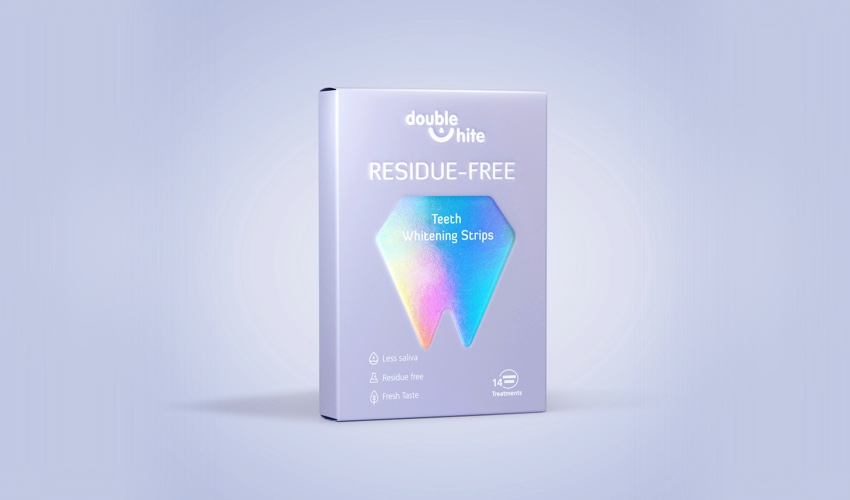
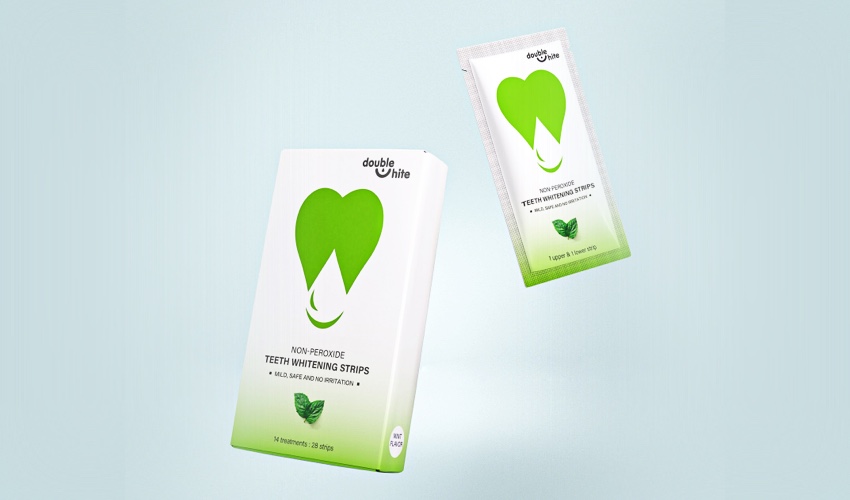
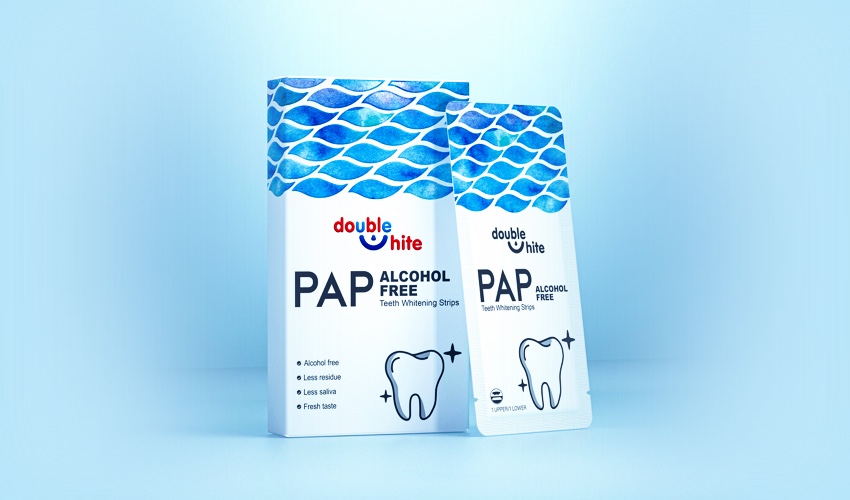
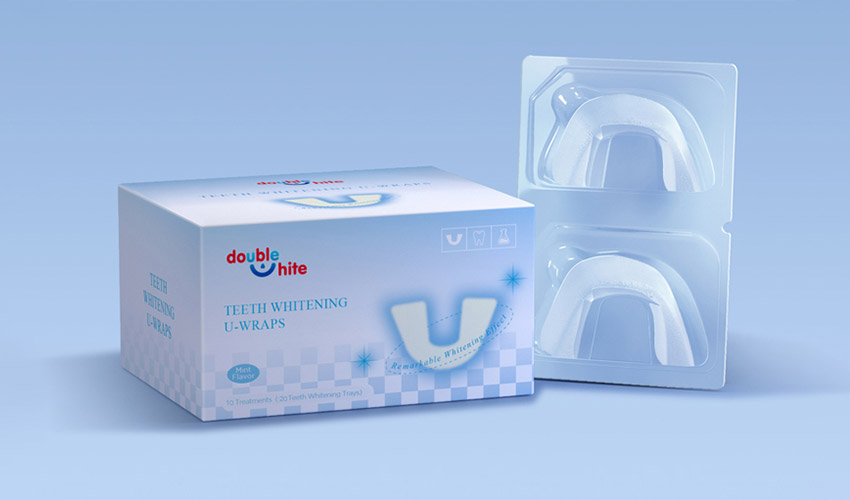
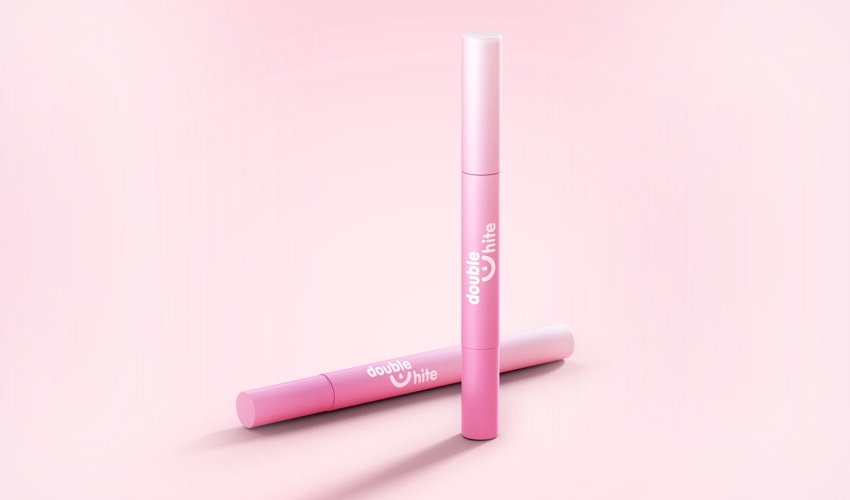
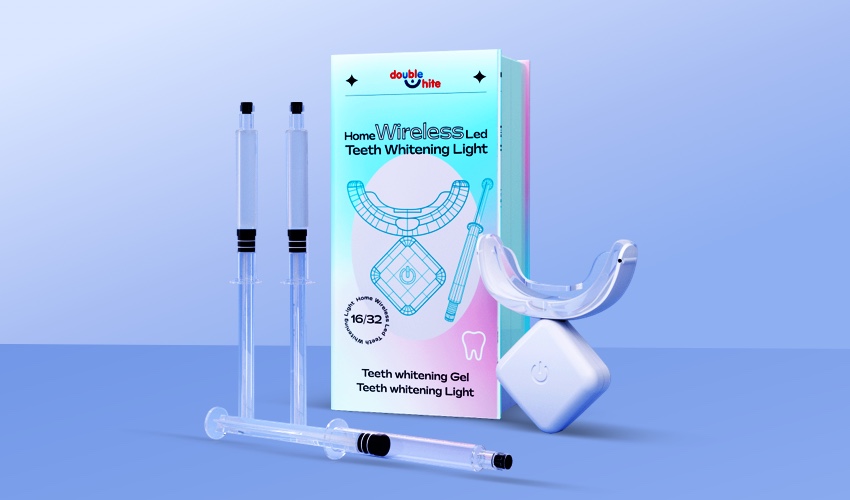
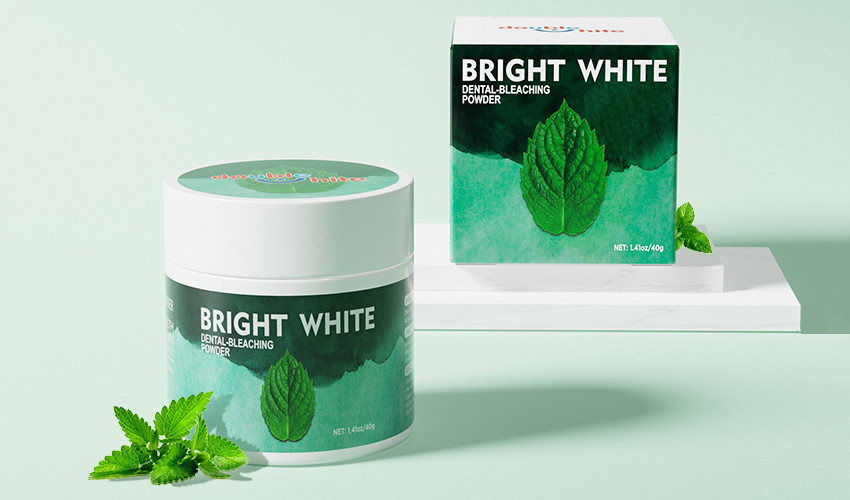






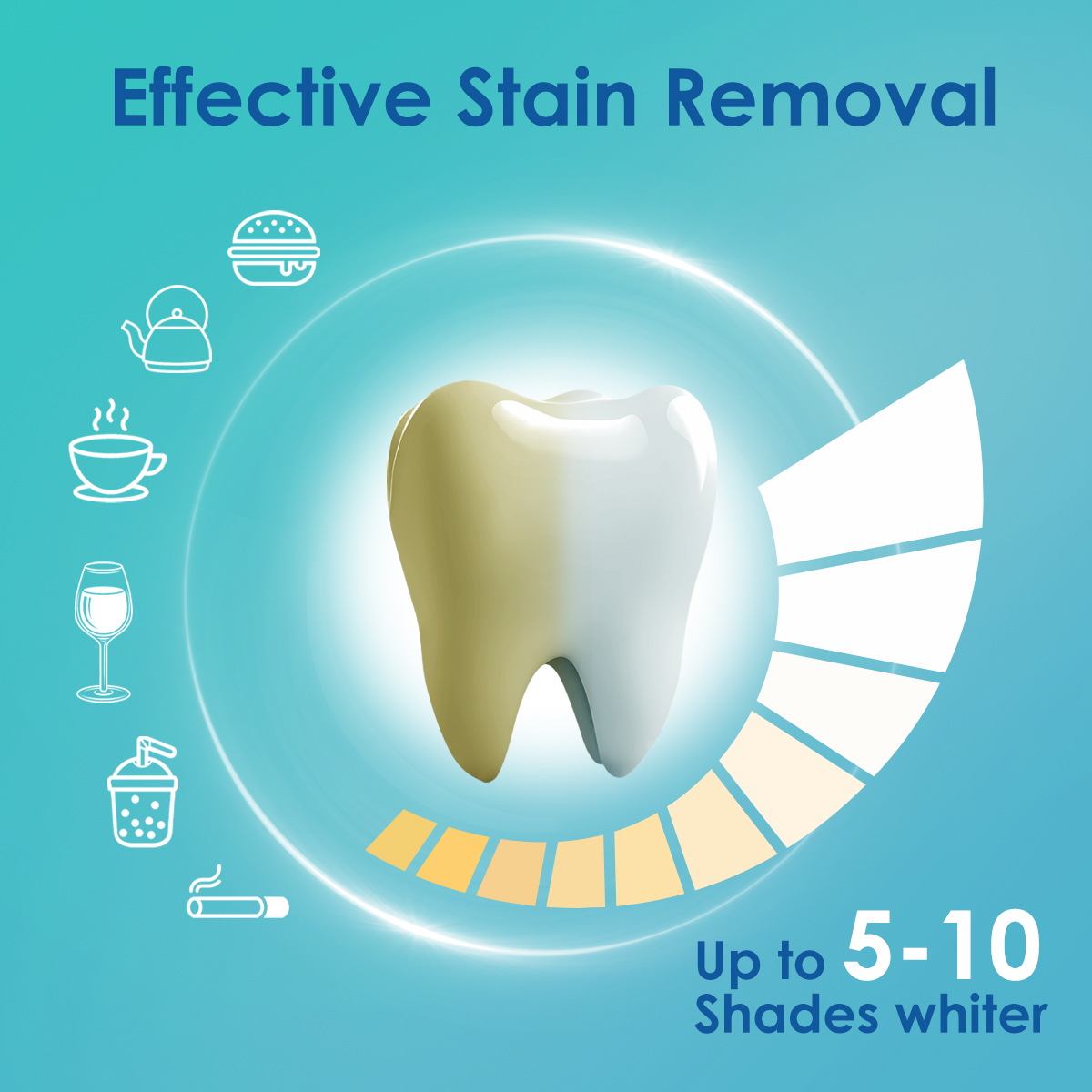
Whatsapp: +8615920313473
cndoublewhite
Doublewhite
doublewhitecn
cndoublewhite
cndoublewhite